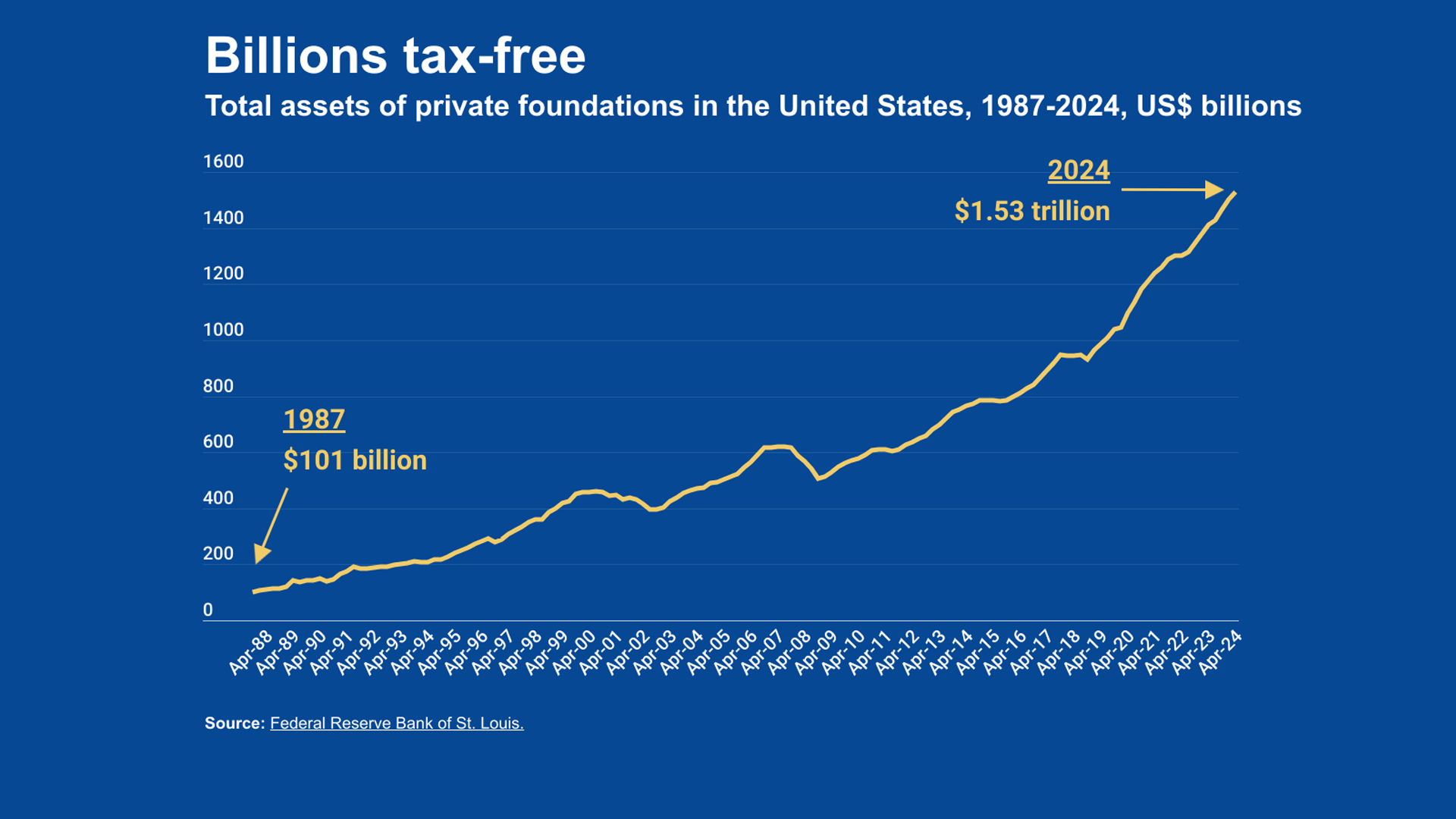
A person’s “net tax burden,” which is normally computed over the period of a year, can evolve drastically over the course of a lifetime. That burden, as we calculate it, is the net balance between the income taxes, consumption taxes and social security contributions paid versus the transfers in form of cash benefits withdrawn from social security programs, and the value of public services received.
While taxes might dominate during one’s working life, the value of public benefits is generally greater in retirement. Hence, a taxpayer may consider that he or she does not receive sufficient compensation for the tax shelled out in a given year, but that view is likely to change once one considers taxes paid and public benefits received over a full lifetime.
Most analyses of the net impact of Quebec’s tax system provide only a snapshot of a particular type of family at some specific point in time. Of course, the parents of today were the childless singles of yesterday and will likely be the retired couples of tomorrow. Their tax burden is not static. A large portion of the retirement income of seniors comes from their own contributions to public pension plans while they were part of the workforce, and their use of public services is very different from that of parents of young children.
To get a more complete picture, our team at Université de Sherbrooke’s Research Chair in Taxation and Public Finance studied what the net tax burden looks like for a typical Quebec taxpayer over a complete life cycle, imagining different life paths. In this case, we used the example of a Quebec woman, from age 18 to her death. We compiled information on the monetary value of total taxes paid, as well as cash benefits, and the value of public services she would have received.
The tax component takes into account income taxes, GST, QST as well as contributions to Employment Insurance, the Quebec Parental Insurance Plan and the Quebec Pension Plan. Public services received include health and drug insurance, education and child care. Finally, the cash benefits cover family allowances, seniors’ benefits (Old Age Security payment and Quebec pension plan payments) as well as income support benefits (such as the Solidarity Tax Credit).
We used available statistical profiles to create our fictious and average taxpayer, Ella. She goes to college before becoming a technician in the public sector. Ella works there until she turns 60 and then retires. She dies at 87.
We analyzed three life scenarios:
Scenario 1: Ella lives alone, without children, for her entire life.
Scenario 2: Ella forms a couple, has two children, and remains in a relationship until the death of her spouse.
Scenario 3: Ella forms a couple, has a child, separates from her spouse and retains sole custody of her child while remaining single afterward.
The picture that emerges demonstrates that taxes paid and benefits received by a taxpayer can vary significantly on an annual basis over a person’s lifetime. Taxes are dominant during working life. In return, the value of public benefits is larger during retirement. In the scenarios we studied, the individual assumes a higher tax burden at certain points in her life without obtaining an equivalent amount in the form of public benefits. However, a full life cycle analysis shows that this situation is temporary.
For the three scenarios considered, data shows that Ella (as a single or in a couple) is a net beneficiary during her studies in the early part of her adult life, and after obtaining the Quebec pension plan in the latter part of her life. Overall, taxes (through income taxes, consumption taxes and social contributions) generally exceed public benefits received (cash benefits and public services value) during one’s working life, but the balance eventually shifts according to the changing characteristics of one’s household.
For example, scenario 2, shown in figure 1, indicates that before the birth of her children (which occurs when Ella is 29 and 31), as well as between the ages of 49 and 59, our taxpayer’s household net contribution exceeds $20,000 per year. On the other hand, the household’s taxes assumed are lower than the public benefits received, that balance swinging positively to $29,000 and $47,000, respectively, in the years following the birth of their two children, mostly because of parental insurance. Similarly, from 62 until the end of her life, Ella and her household obtain more in cash benefits and public services than the total taxes they pay, a net value of more than $20,000 a year.
Data also shows that the sum of all taxes paid and public benefits received by Ella (and her household in scenarios 2 and 3) makes her a cumulative net beneficiary in all cases. This is largely due to the high cost of health care. These costs increase rapidly with age past a senior’s 60th birthday.
It should be noted, however, that Ella’s presumed lifespan is 87 years, which corresponds to the average life expectancy of 65-year-old women. A shorter life, which half of women can expect, could sharply reduce her positive net lifetime balance and even make it negative.
Figure 2 shows that by age 59, Ella and her household have paid $379,000 more in taxes than what they cumulatively received in cash benefits and public services. It is only when Ella reaches 73 years old that she begins to get more than she has contributed since the beginning of her adult life.
In the scenario where Ella is single her entire life, and does not have children, she becomes a net beneficiary only when she reaches age 85. She does not benefit from the cash benefits and public services associated with the presence of children (figure 3).
Our analysis of taxes paid and public benefits received over a person’s life shows that individuals may at certain periods be paying more into the tax system than they are getting out of it. However, this situation can evolve and even flip. Public health costs increase rapidly after 60, when the ability of individuals to make tax contributions is generally less important. Taking this into consideration, it is therefore not surprising that individuals are asked to contribute more than what they get immediately in return over their working lives.
The results of this study are accessible through an interactive web tool developed with researchers from Polytechnique Montréal at: https://cffp.recherche.usherbrooke.ca/life-stories .
Our detailed methodology can also be found (in French) at: https://cffp.recherche.usherbrooke.ca/wp-content/uploads/2020/03/cr_2020-05_recit-de-vie-doc-accompagnateur.pdf .
Photo: Pedestrians make their way along St. Catherine street in Montreal, Tuesday, Sept. 15, 2020.










